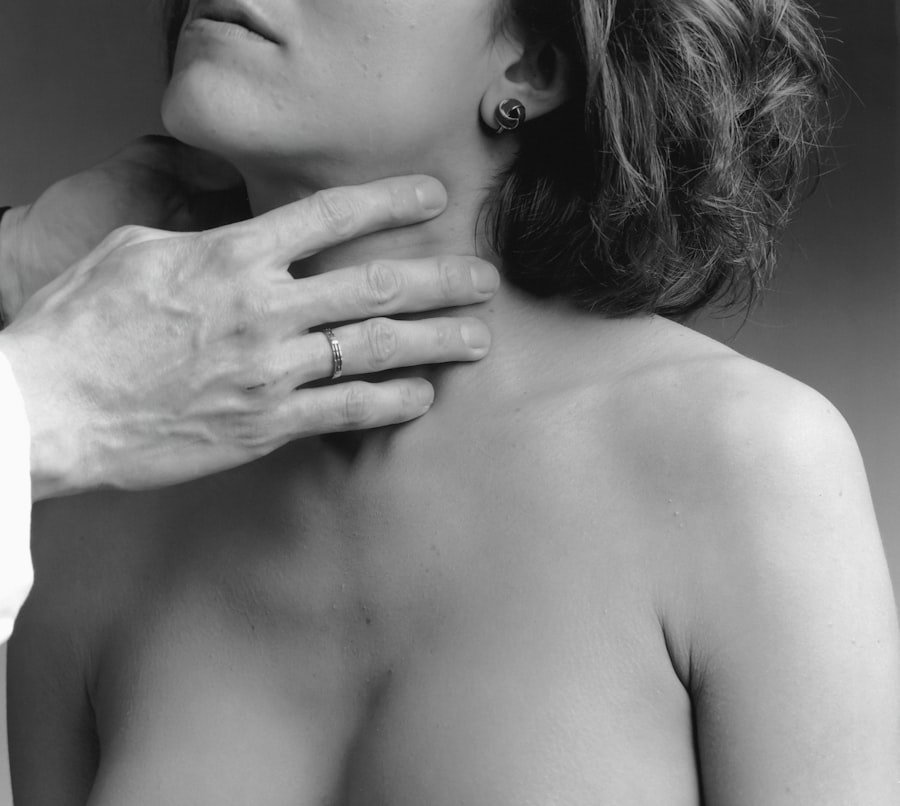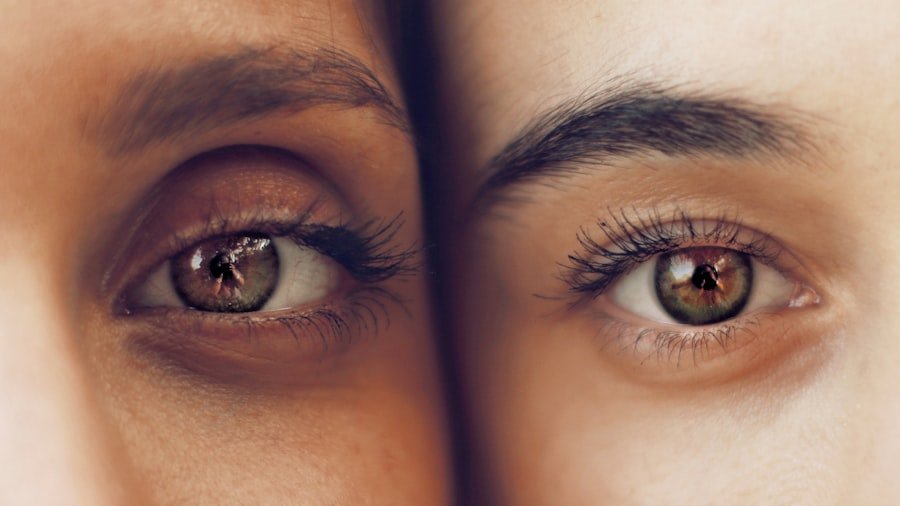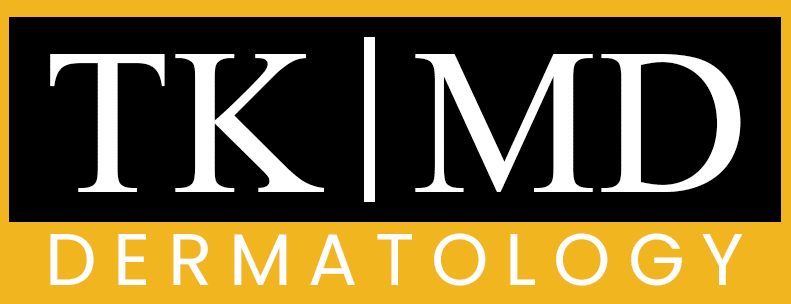As we navigate through our daily lives, it’s easy to overlook the health of our skin, which serves as our body’s largest organ. Engaging in regular skin care self-exams is crucial for several reasons. First and foremost, these self-exams empower us to take charge of our skin health.
By routinely checking our skin, we can identify any changes or abnormalities early on, which is vital for effective treatment.
Skin cancer, for instance, is one of the most common types of cancer, but when detected early, it can often be treated successfully. By making self-exams a part of our routine, we can significantly reduce our risk of serious health issues.
Moreover, self-exams foster a deeper connection with our bodies. They encourage us to be more aware of our skin’s condition and texture, helping us to appreciate its health and beauty.
This awareness can lead to better skin care practices and lifestyle choices.
When we understand what is normal for our skin, we become more attuned to any changes that may occur, allowing us to respond promptly and appropriately. In essence, a skin care self-exam is not just a health check; it’s an act of self-love and mindfulness.
Key Takeaways
- Understanding the importance of a skin care self-exam: Regular self-exams can help detect skin changes early and prevent serious health issues.
- Choosing the right time and place for your self-exam: Pick a well-lit area and set aside dedicated time for your self-exam to ensure thoroughness.
- Step-by-step guide to performing a skin care self-exam: Follow a systematic approach to examine your skin from head to toe, including hard-to-see areas.
- Identifying normal and abnormal skin changes: Learn to recognize common skin changes and be vigilant for any abnormalities that may indicate a health concern.
- Using a mirror and proper lighting for your self-exam: Utilize tools to aid in examining hard-to-see areas and ensure thoroughness in your self-exam.
Choosing the Right Time and Place for Your Self-Exam
Selecting the right time and place for our skin care self-exam can significantly enhance the experience and effectiveness of the process. Ideally, we should choose a time when we can dedicate ourselves fully to the task without distractions. This could be during a quiet evening at home or on a weekend morning when we have some leisure time.
By setting aside a specific time, we create a routine that reinforces the importance of this practice in our lives. The environment in which we conduct our self-exam is equally important. A well-lit space with ample natural light is ideal, as it allows us to see our skin clearly and identify any changes more easily.
We might consider using a bathroom or bedroom with good lighting or even stepping outside on a sunny day. Additionally, having a full-length mirror can help us examine our entire body effectively. By creating a comfortable and private space, we can focus on our skin without feeling rushed or anxious.
Step-by-Step Guide to Performing a Skin Care Self-Exam

Performing a skin care self-exam may seem daunting at first, but breaking it down into manageable steps can simplify the process. We should start by gathering the necessary tools: a full-length mirror, a handheld mirror for hard-to-see areas, and good lighting. Once we have everything ready, we can begin by undressing to our comfort level, ensuring that we can see all areas of our skin.
Next, we should systematically examine our skin from head to toe. Starting with our scalp, we can use our fingers to feel for any unusual bumps or growths while looking in the mirror. Moving down to our face and neck, we should pay close attention to any moles or spots that may have changed in size, shape, or color.
Continuing this methodical approach down our arms, torso, legs, and feet allows us to cover every inch of our skin thoroughly. It’s essential to take our time during this process; rushing through it may cause us to miss important changes.
Identifying Normal and Abnormal Skin Changes
As we conduct our self-exam, it’s crucial to understand the difference between normal and abnormal skin changes. Normal skin variations include freckles, age spots, and moles that have been present for years without any noticeable changes. These features are often harmless and part of our unique skin identity.
However, we should remain vigilant about any new growths or changes in existing moles. Abnormal changes may include asymmetrical moles, irregular borders, multiple colors within a single mole, or any growth that appears suddenly or changes rapidly. If we notice any of these characteristics during our self-exam, it’s essential to take them seriously.
Recognizing these signs early can make a significant difference in treatment outcomes if further action is needed. By educating ourselves about what constitutes normal versus abnormal skin changes, we empower ourselves to act decisively when necessary.
Using a Mirror and Proper Lighting for Your Self-Exam
The tools we use during our skin care self-exam play a pivotal role in its effectiveness. A good quality mirror is essential; ideally, we should have both a full-length mirror for an overall view and a handheld mirror for detailed examination of hard-to-see areas like the back of our neck or behind our ears. The right mirrors allow us to inspect every part of our body thoroughly without straining our necks or contorting ourselves into uncomfortable positions.
Proper lighting cannot be overstated either. Natural light is often the best option since it provides an even illumination that highlights any irregularities on the skin’s surface. If natural light isn’t available, bright artificial lighting can suffice; however, we should avoid dimly lit areas as they may obscure important details.
By ensuring that we have both the right mirrors and adequate lighting, we set ourselves up for a successful and comprehensive self-exam.
Examining Hard-to-See Areas of the Body

Challenging Areas to Examine
While examining visible areas of our skin is relatively straightforward, hard-to-see areas require extra attention during our self-exam. These areas include the scalp, back, and behind the ears—regions that are often neglected but can harbor concerning changes.
Techniques and Tools for Effective Examination
To effectively examine these spots, we might need to employ different techniques or tools. For instance, using a handheld mirror can help us inspect the back of our neck and shoulders more easily. Additionally, we can use a comb or brush to part our hair while checking the scalp for any unusual growths or discolorations.
Seeking Assistance When Needed
It’s also beneficial to ask a trusted friend or family member for assistance in examining hard-to-reach areas if we feel comfortable doing so.
Ensuring Thoroughness in Our Examination
By being thorough in our examination of these less visible regions, we ensure that no potential issues go unnoticed.
Keeping Track of Moles and Skin Changes
Keeping track of moles and other skin changes is an essential aspect of maintaining skin health. We might consider creating a simple log or journal where we document the appearance and characteristics of moles over time. This record can include details such as size, shape, color, and any changes observed during each self-exam.
By maintaining this log, we create a valuable resource that can help us identify trends or significant changes in our skin. In addition to written records, taking photographs can also be an effective way to monitor moles over time. We can take clear pictures under consistent lighting conditions to ensure accuracy when comparing them later.
This visual documentation allows us to see subtle changes that may not be immediately apparent during self-exams. By combining written notes with photographs, we create a comprehensive overview of our skin health that can be invaluable when discussing concerns with healthcare professionals.
Seeking Professional Help if You Notice Any Concerning Changes
If we notice any concerning changes during our self-exam—such as new growths or alterations in existing moles—it’s crucial not to hesitate in seeking professional help. Dermatologists are trained to evaluate skin conditions and can provide expert advice on whether further investigation is necessary. Early intervention is key when it comes to skin health; therefore, addressing any concerns promptly can lead to better outcomes.
When visiting a dermatologist, it’s helpful to bring along our log or photographs documenting any changes we’ve observed. This information can assist the healthcare provider in making an informed assessment and determining the best course of action. Remembering that seeking help is not an overreaction but rather a proactive step toward maintaining our health is essential in this process.
Understanding the ABCDEs of Skin Cancer Detection
To enhance our ability to detect potential skin cancer early on, familiarizing ourselves with the ABCDEs of skin cancer detection is invaluable. Each letter represents critical characteristics to look for when examining moles or spots on our skin: Asymmetry (A), Border irregularity (B), Color variation (C), Diameter larger than 6mm (D), and Evolving (E). By keeping these criteria in mind during our self-exams, we equip ourselves with the knowledge needed to identify concerning signs.
For instance, if we notice that one half of a mole does not match the other (asymmetry), or if its edges are ragged rather than smooth (border irregularity), these could be red flags warranting further investigation. Similarly, if a mole exhibits multiple colors or has grown larger than 6mm over time (diameter), it’s essential to consult with a dermatologist promptly. Understanding these ABCDEs empowers us to take charge of our skin health proactively.
Incorporating Regular Self-Exams into Your Skin Care Routine
Incorporating regular self-exams into our skin care routine is vital for maintaining healthy skin over time. We might consider scheduling these exams monthly or quarterly—whatever frequency feels manageable for us—so they become an integral part of our overall wellness practices. By treating self-exams as just as important as applying sunscreen or moisturizing, we reinforce their significance in promoting long-term skin health.
To make this process easier and more enjoyable, we could set reminders on our phones or mark them on our calendars as recurring events. Additionally, pairing self-exams with other self-care activities—such as taking a relaxing bath or enjoying some quiet time—can create positive associations with this practice. By prioritizing regular self-exams within our skincare routine, we cultivate an ongoing commitment to monitoring and caring for our skin.
Additional Tips for Maintaining Healthy Skin
Beyond regular self-exams, there are numerous additional tips we can incorporate into our daily lives to maintain healthy skin. First and foremost, staying hydrated is crucial; drinking plenty of water helps keep our skin supple and radiant from within. Additionally, adopting a balanced diet rich in fruits, vegetables, whole grains, and healthy fats provides essential nutrients that support skin health.
Sun protection is another critical aspect of maintaining healthy skin; applying broad-spectrum sunscreen daily—even on cloudy days—can prevent sun damage and reduce the risk of skin cancer over time. Furthermore, establishing a consistent skincare routine tailored to our specific needs—whether it involves cleansing, moisturizing, or using targeted treatments—can enhance the overall appearance and health of our skin. In conclusion, engaging in regular skin care self-exams is an empowering practice that allows us to take control of our skin health while fostering mindfulness about our bodies.
By understanding the importance of these exams and incorporating them into our routines alongside other healthy habits, we pave the way for long-term wellness and vitality in our skin care journey.
If you are interested in learning more about skin cancer and pre-cancer concerns, you may want to check out this article. It provides valuable information on how to identify and address potential skin issues before they become more serious. Additionally, if you are in the Kissimmee, FL area and are looking for a specialist for ear keloid removal, you can find more information at this link. Taking care of your skin is essential for your overall health, so be sure to stay informed and seek professional help when needed.
FAQs
What is a skin care self-exam?
A skin care self-exam is a regular examination of your skin to check for any changes, abnormalities, or signs of skin cancer.
Why is it important to do a skin care self-exam?
Regular skin care self-exams can help detect skin cancer or other skin conditions early, when they are easier to treat. Early detection can significantly improve the chances of successful treatment.
How often should I perform a skin care self-exam?
It is recommended to perform a skin care self-exam once a month. It is also important to have a professional skin exam by a dermatologist at least once a year.
What should I look for during a skin care self-exam?
During a skin care self-exam, you should look for any changes in the size, shape, color, or texture of moles, freckles, or other skin spots. You should also check for any new growths, sores that do not heal, or any other unusual changes on your skin.
How do I perform a skin care self-exam?
To perform a skin care self-exam, you should carefully examine your entire body, including your scalp, face, ears, neck, chest, abdomen, back, arms, hands, legs, and feet. Use a mirror to check hard-to-see areas, or ask a family member or friend to help you.
What should I do if I find something suspicious during a skin care self-exam?
If you find something suspicious during a skin care self-exam, such as a new or changing mole, or any other abnormality on your skin, it is important to consult a dermatologist for further evaluation and possible biopsy.


